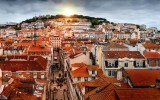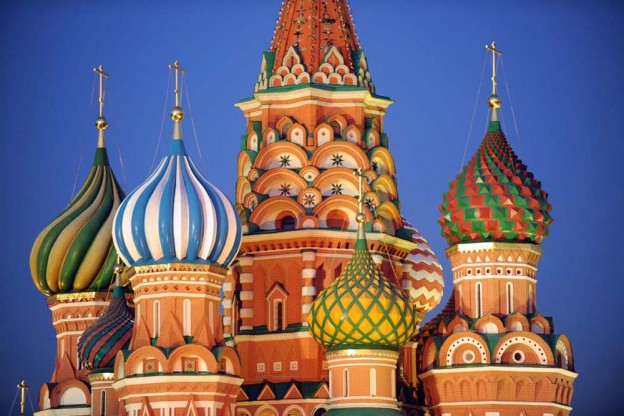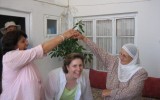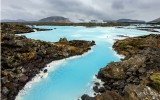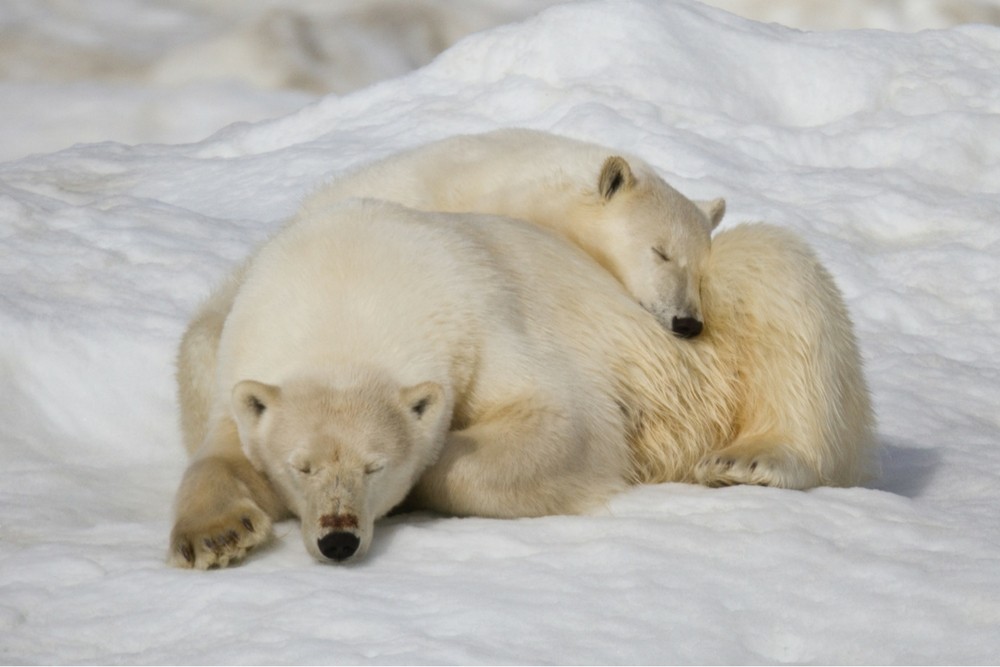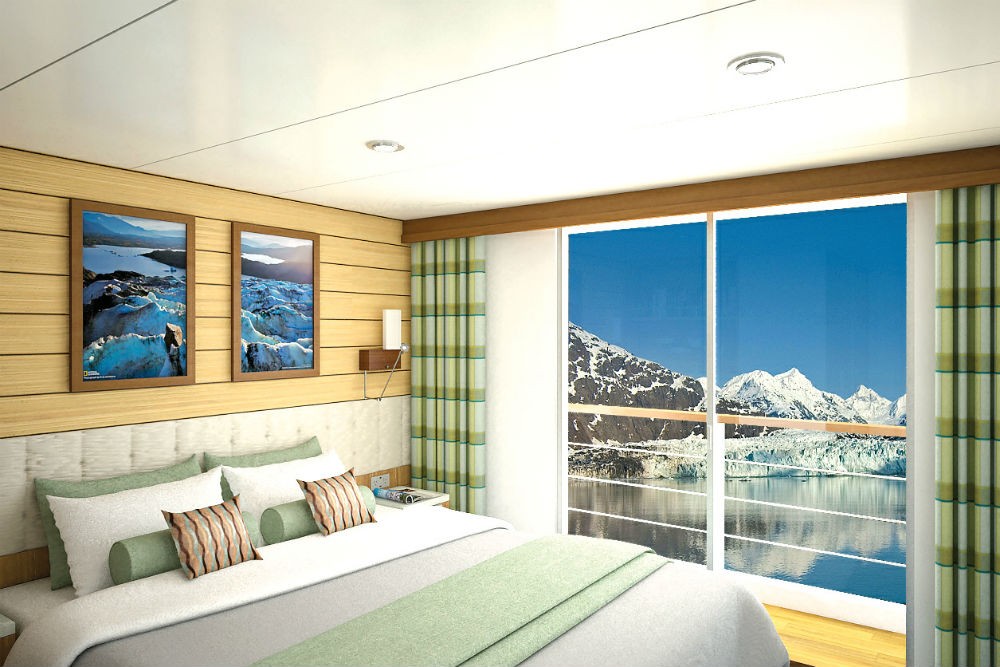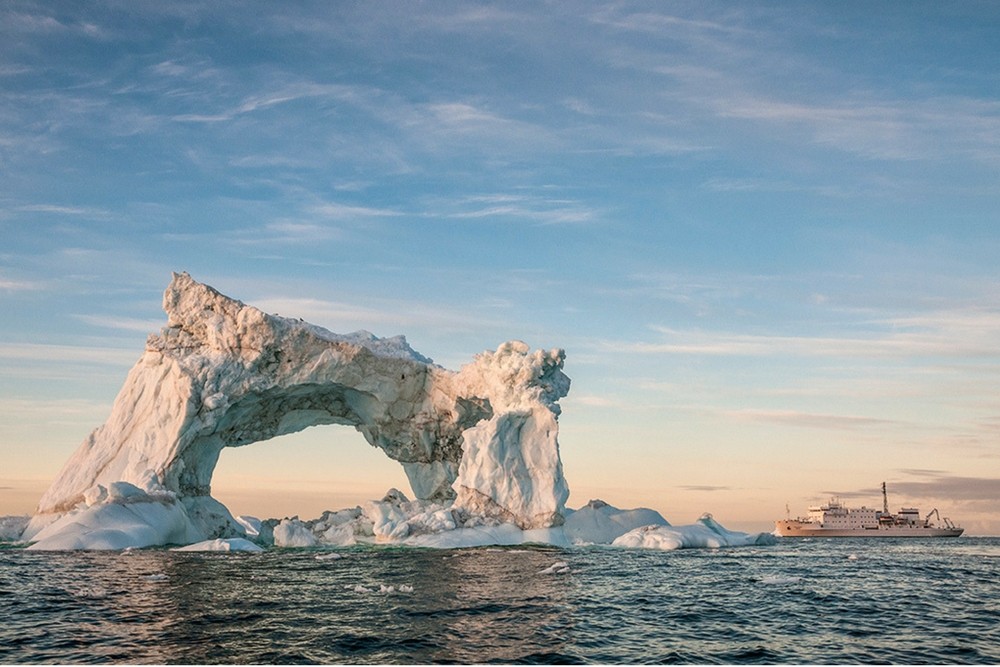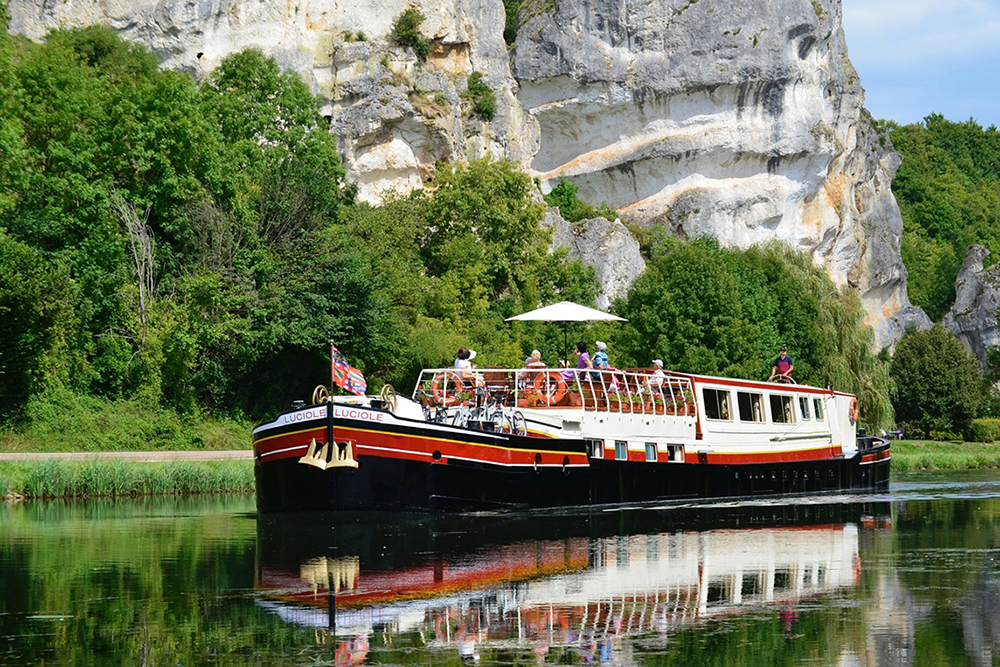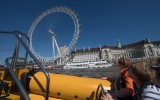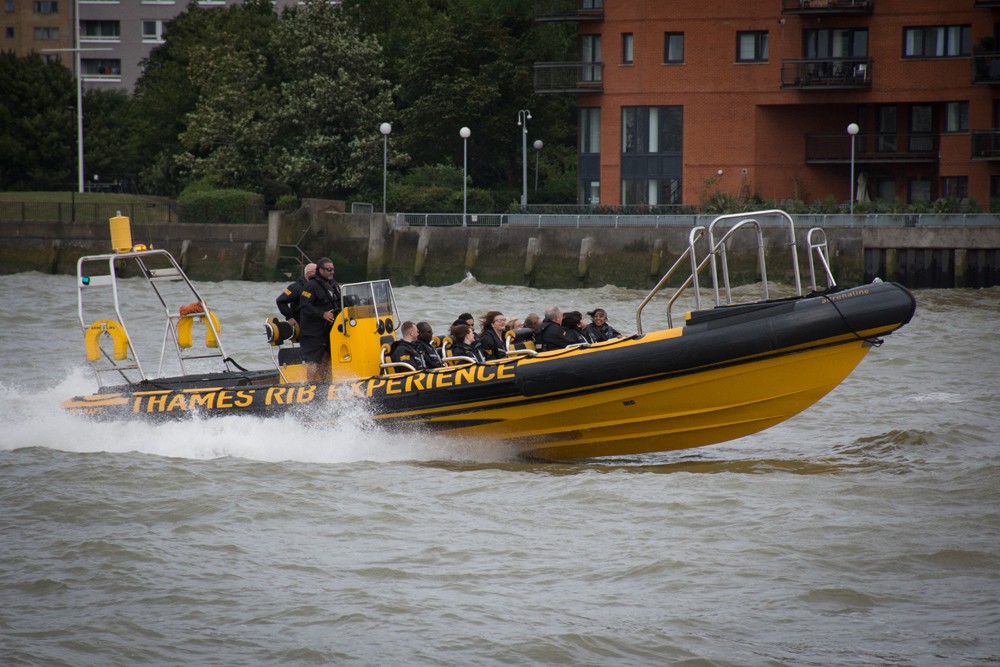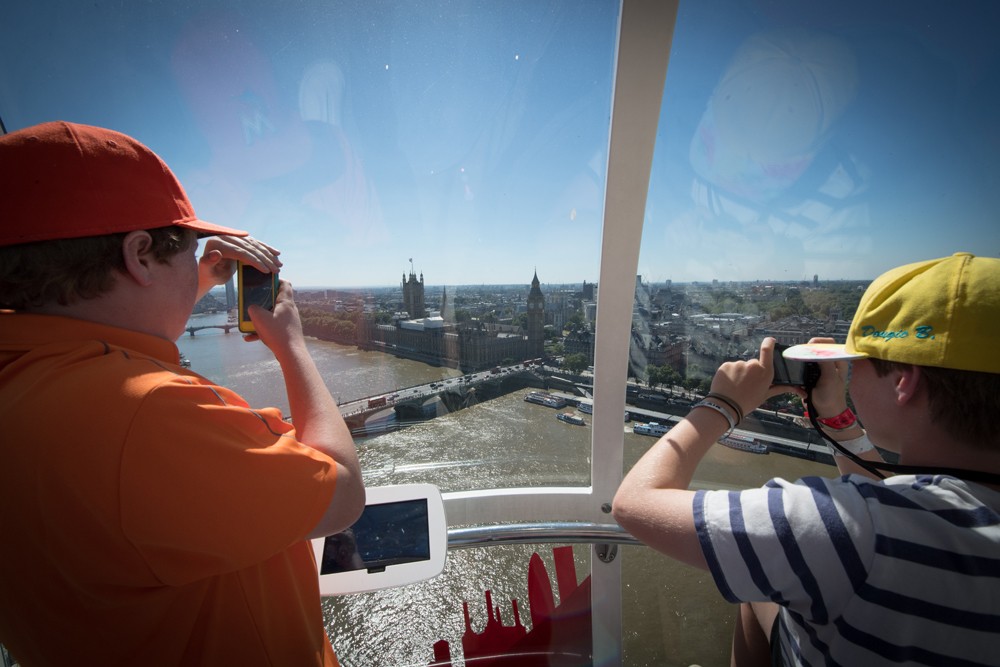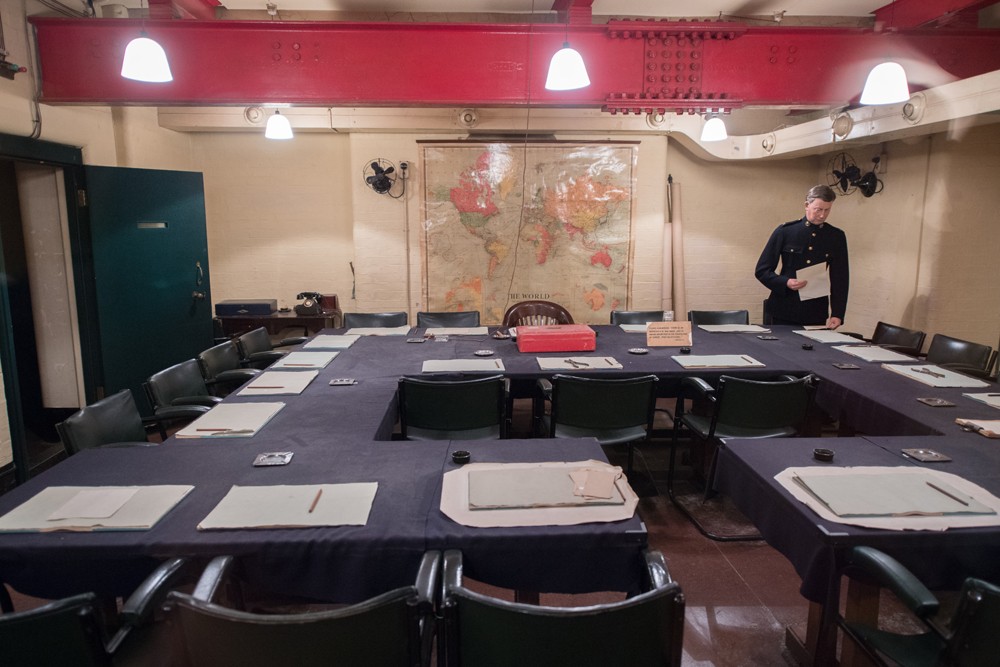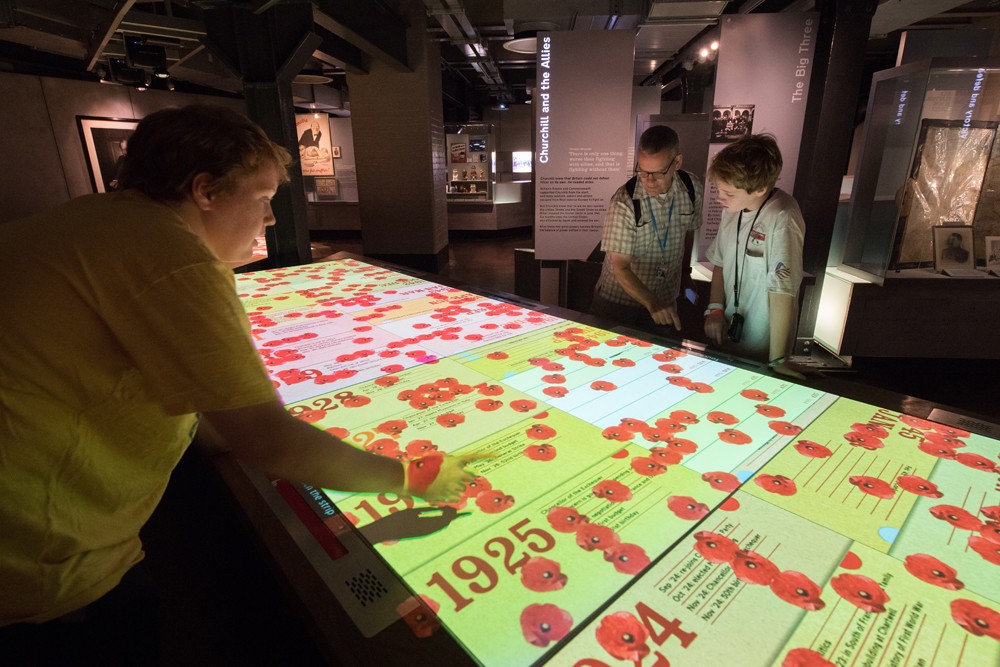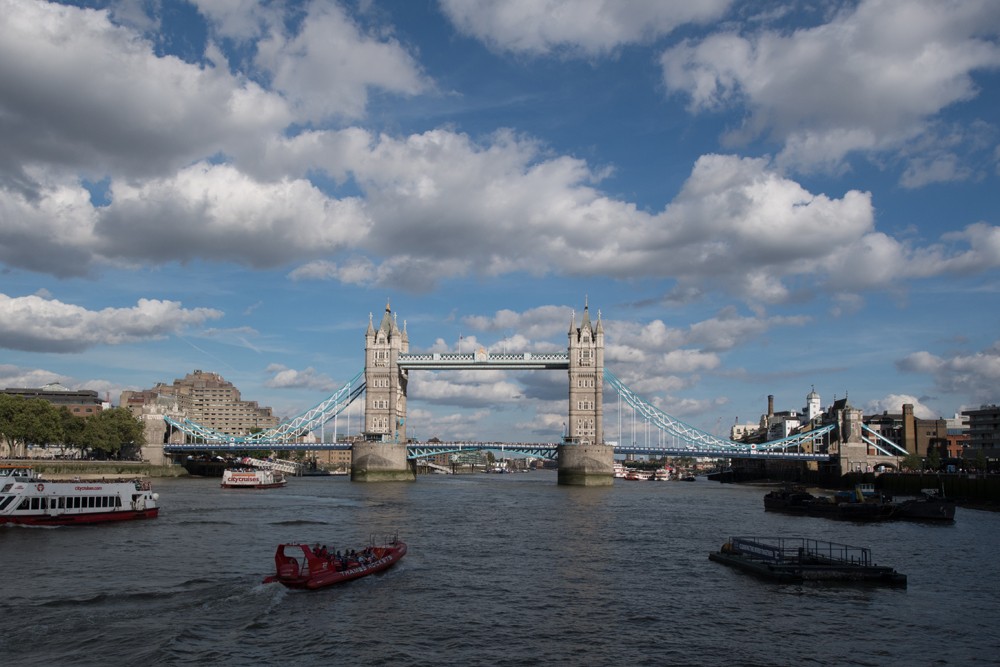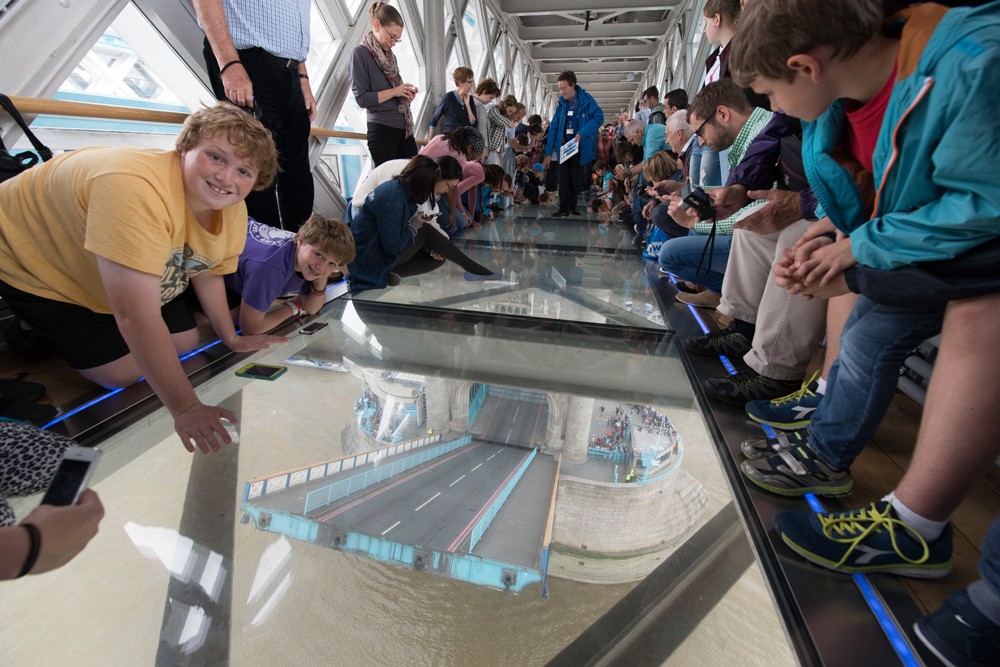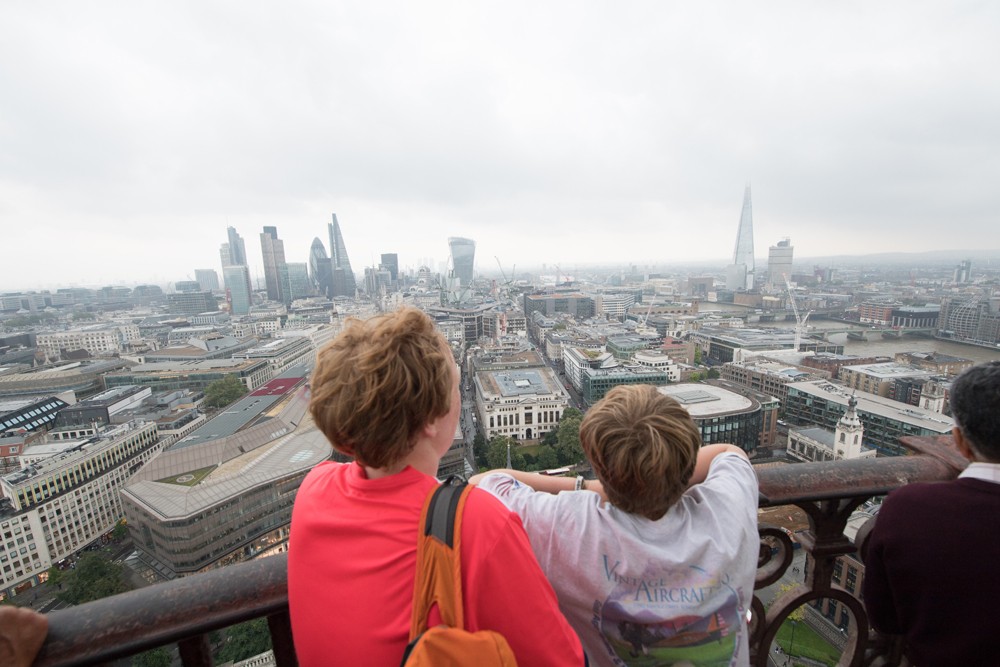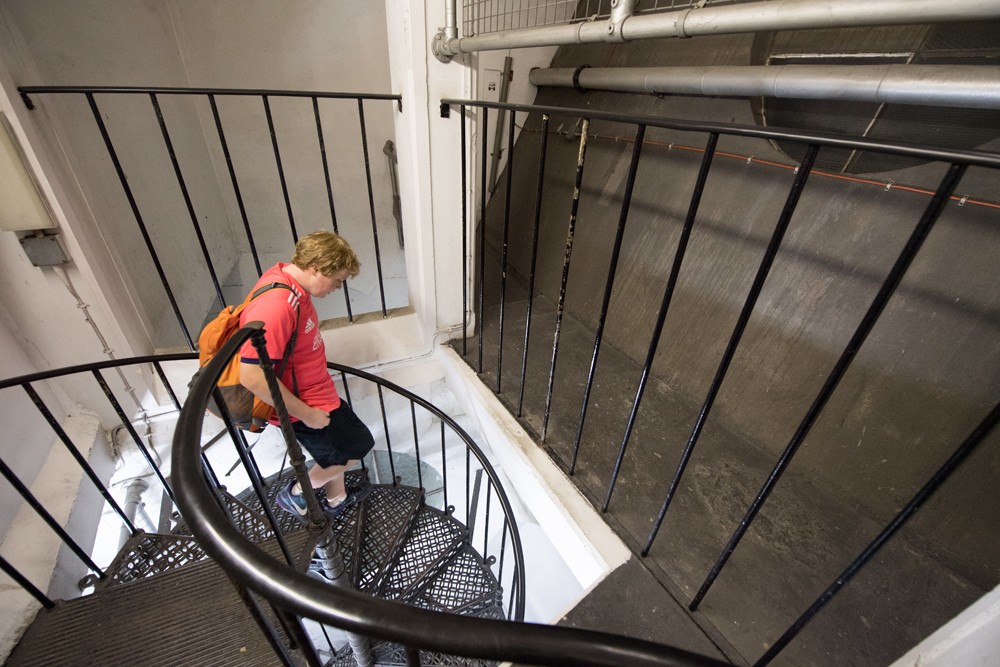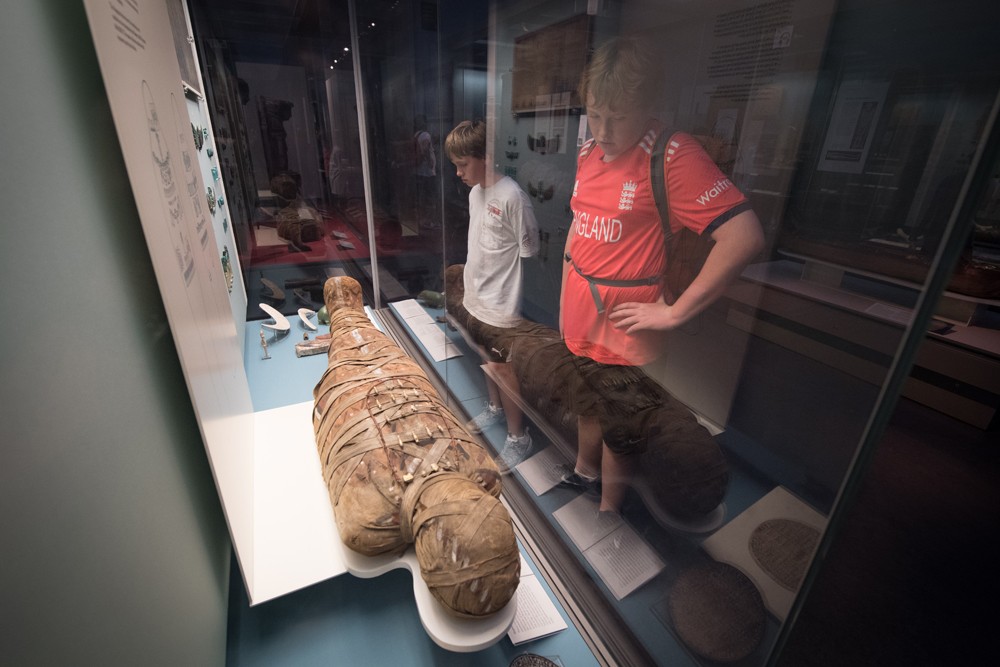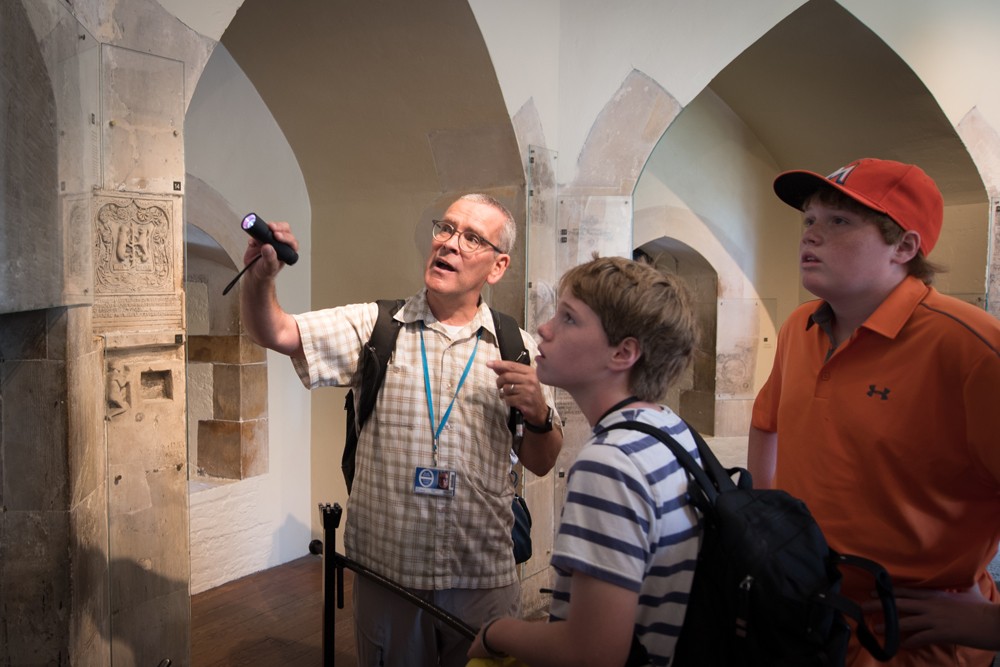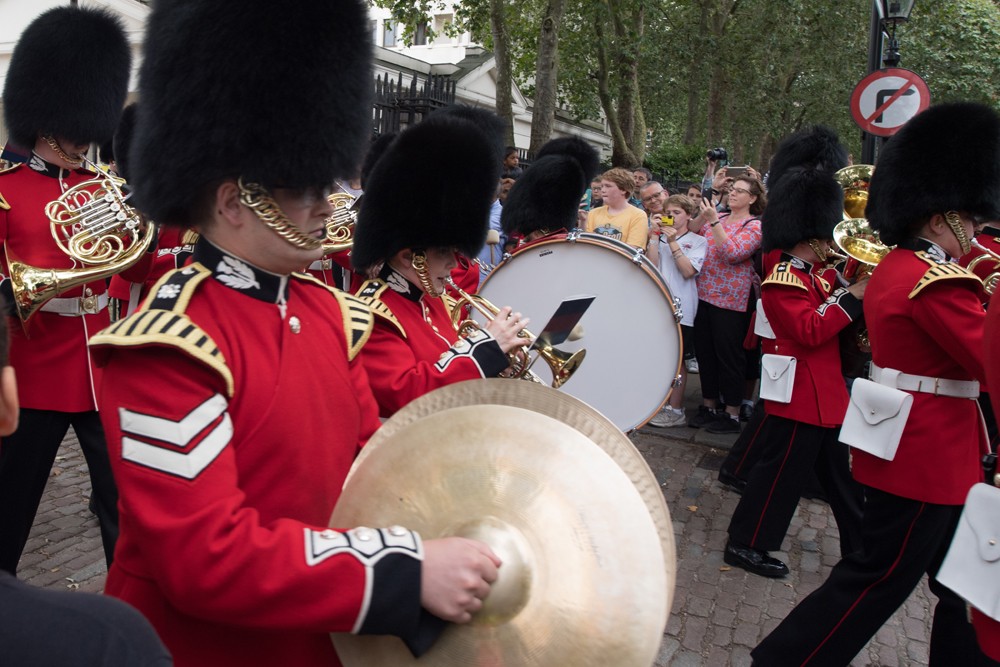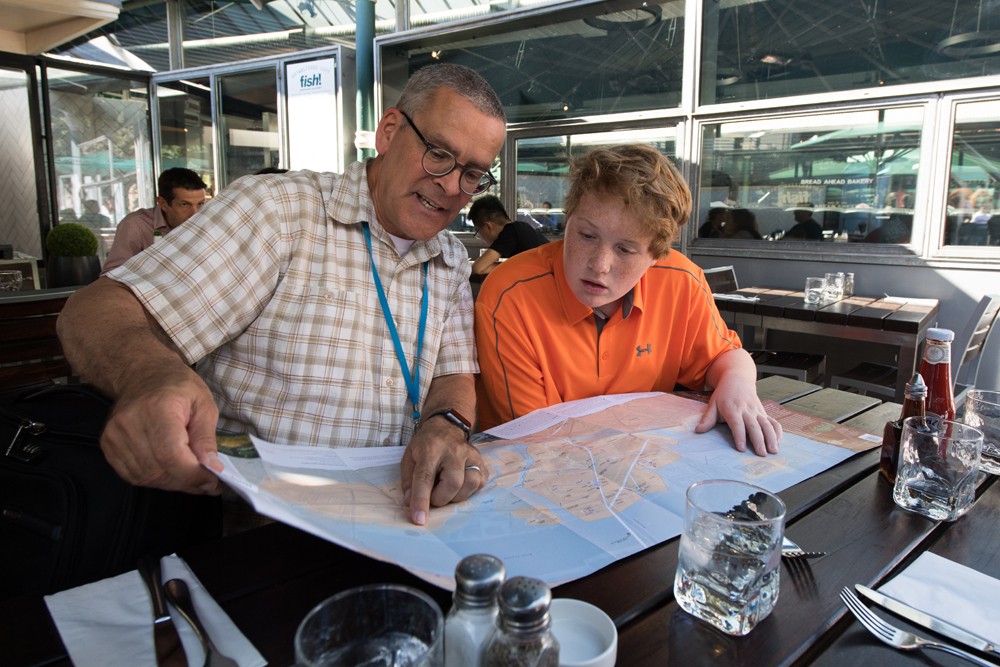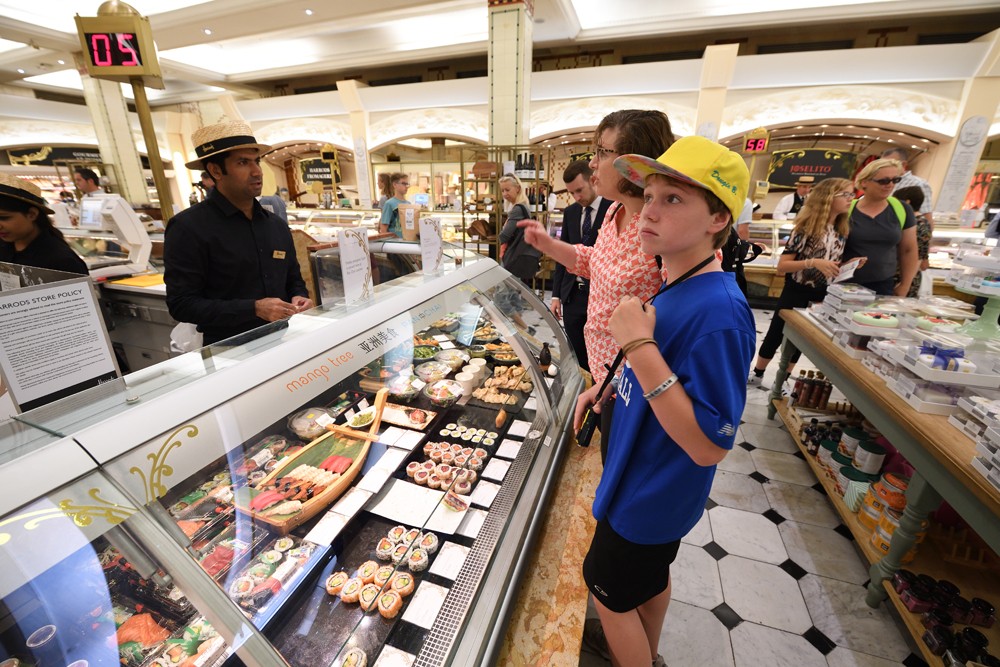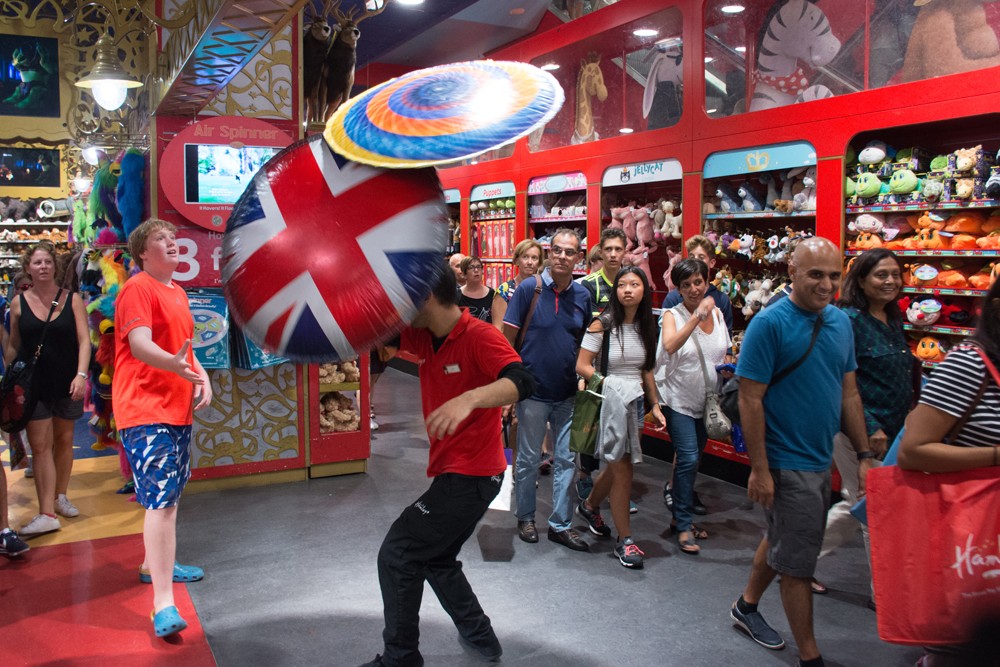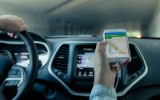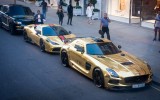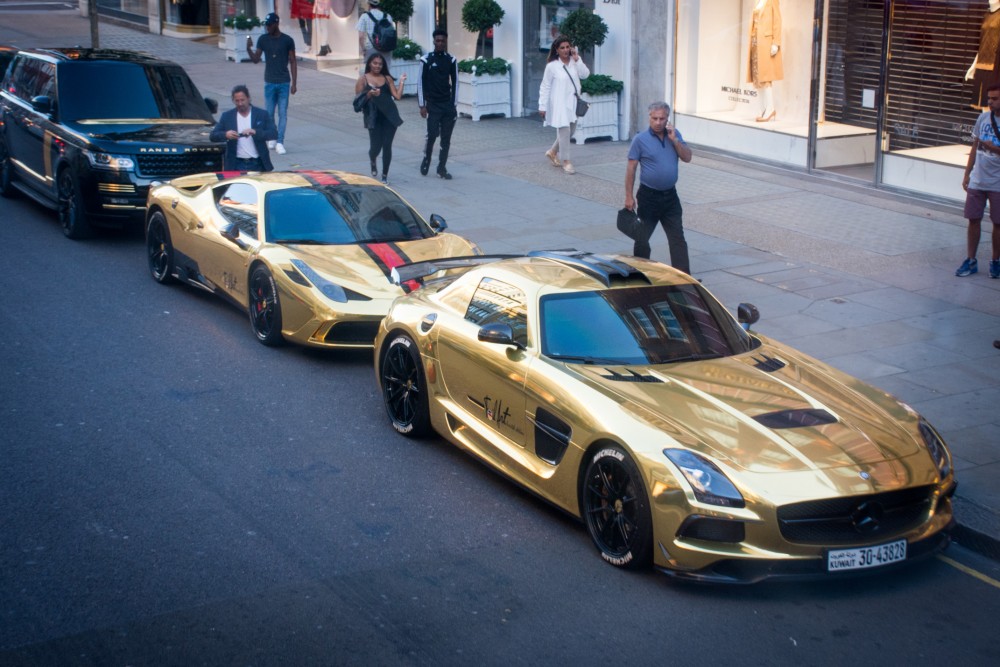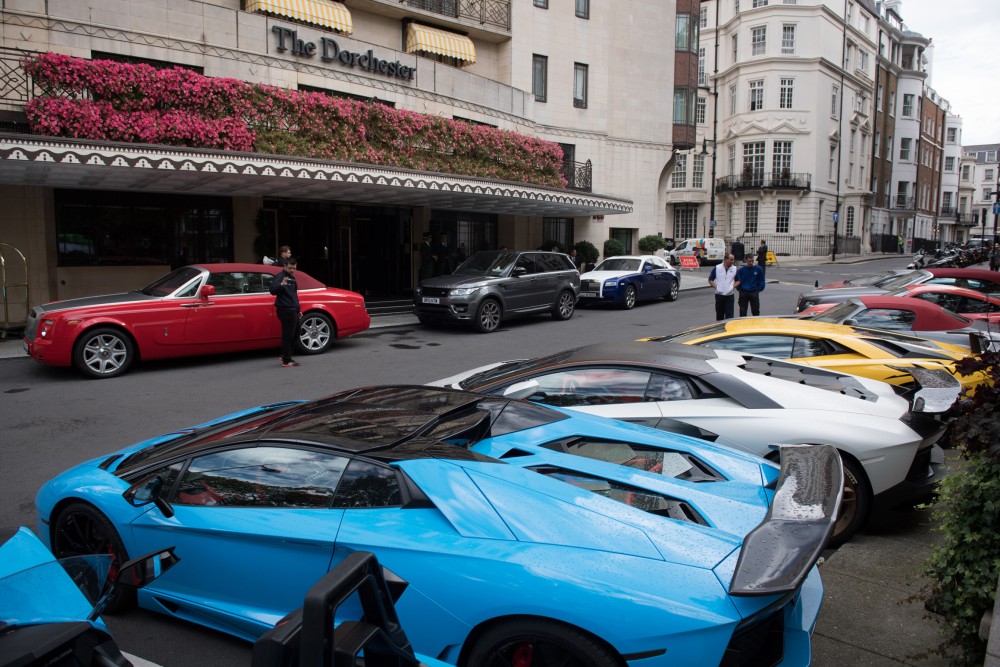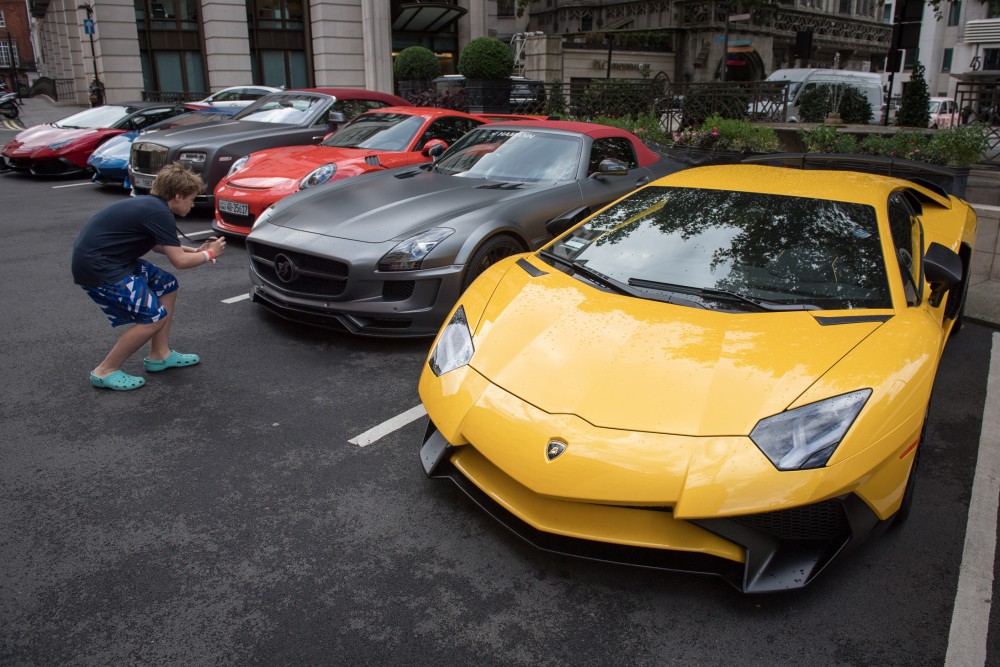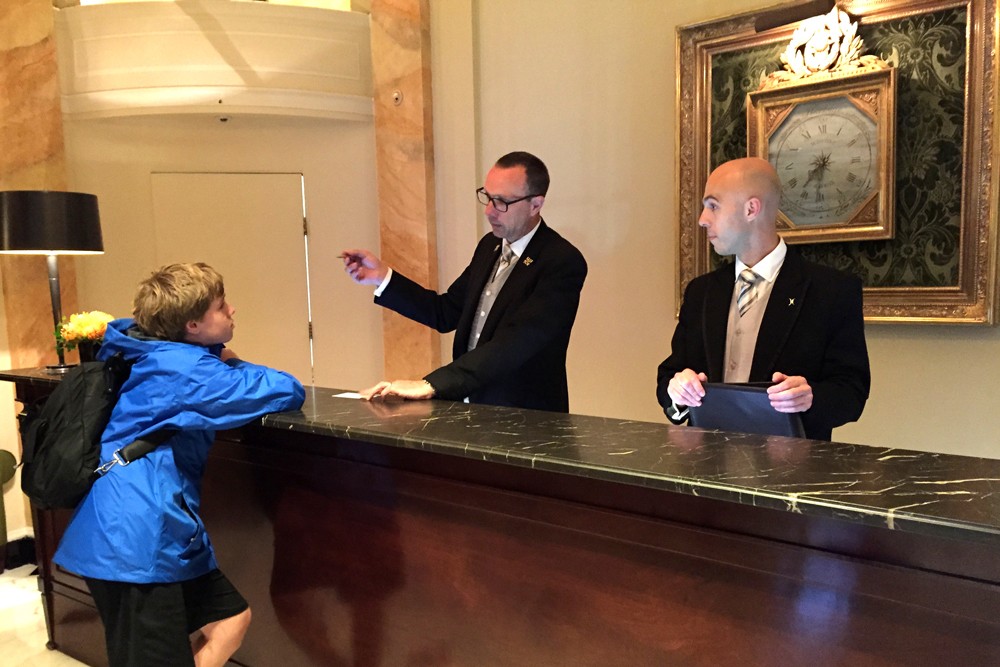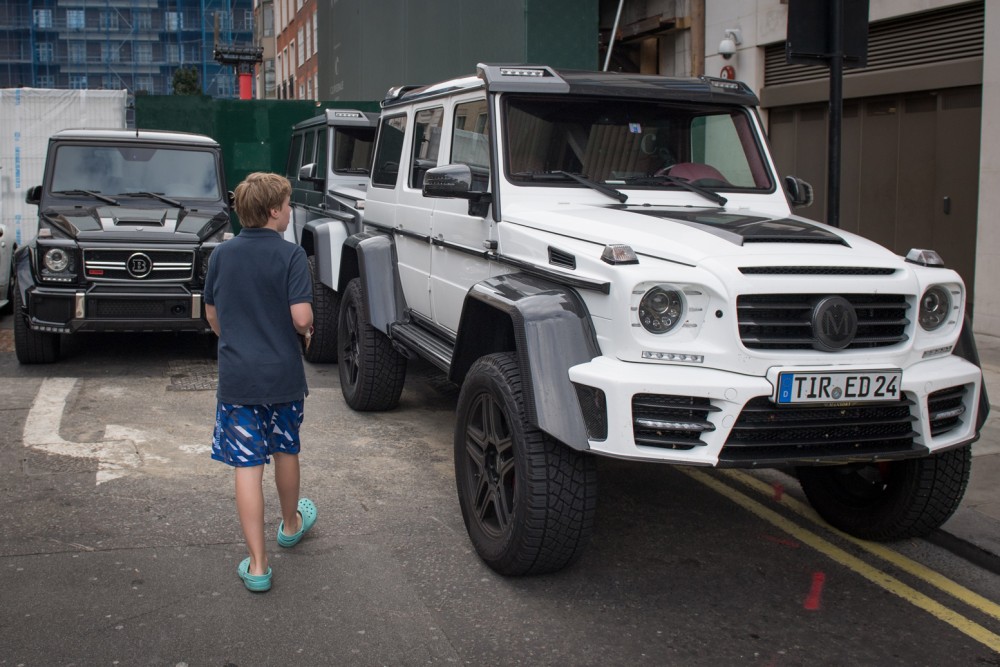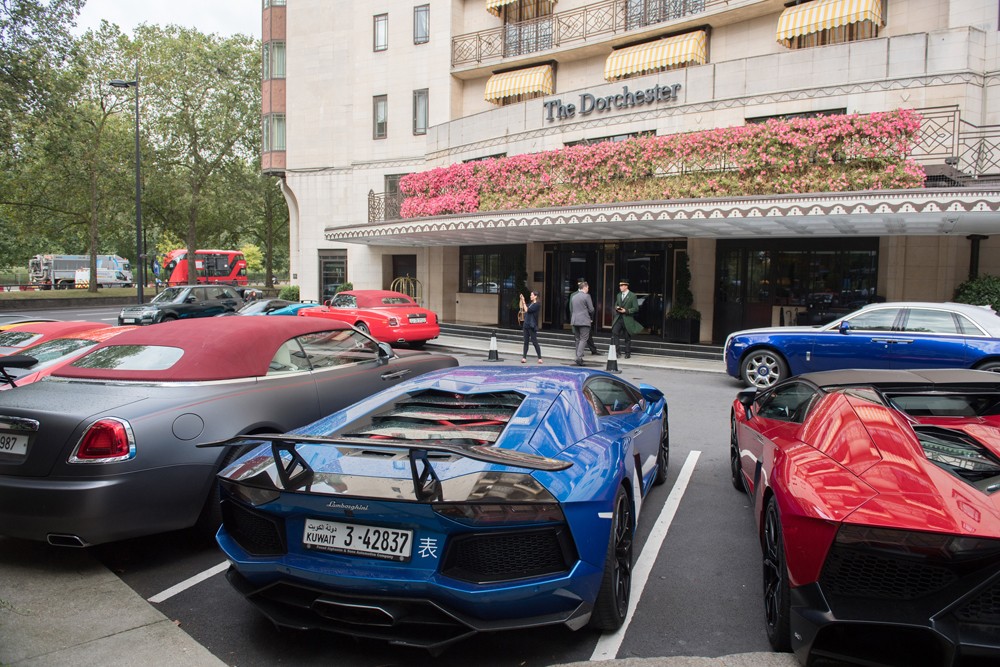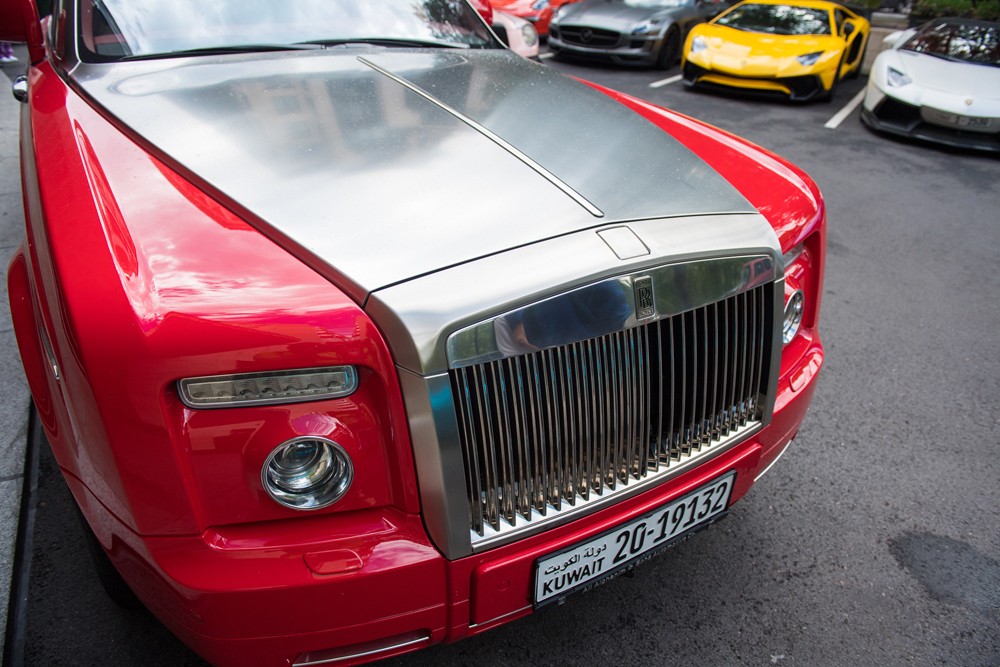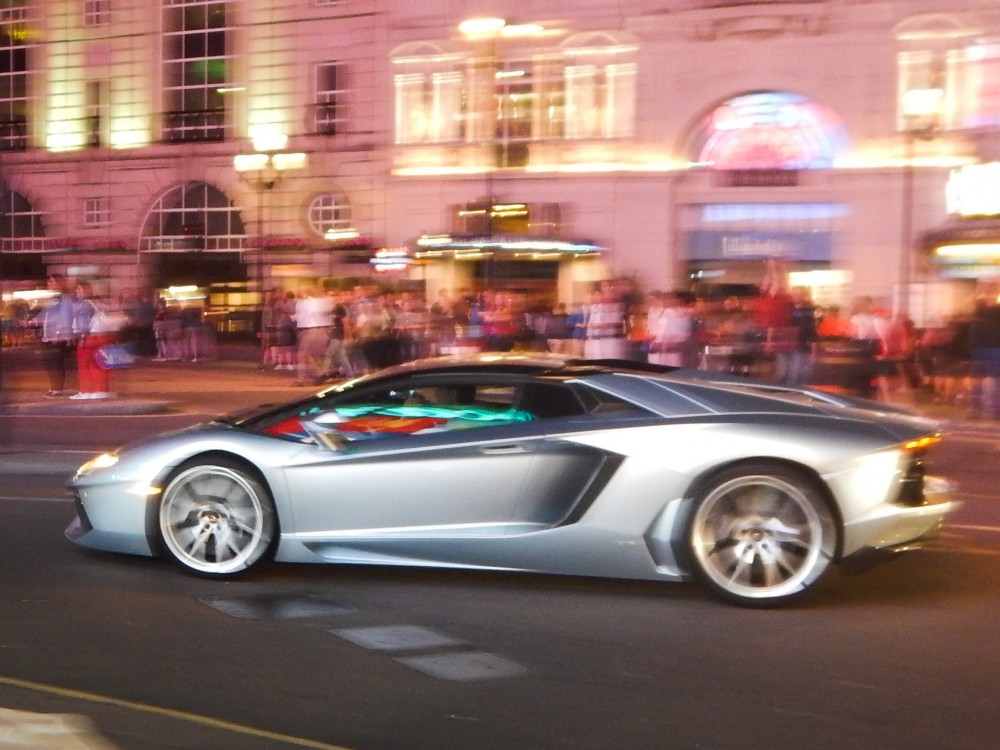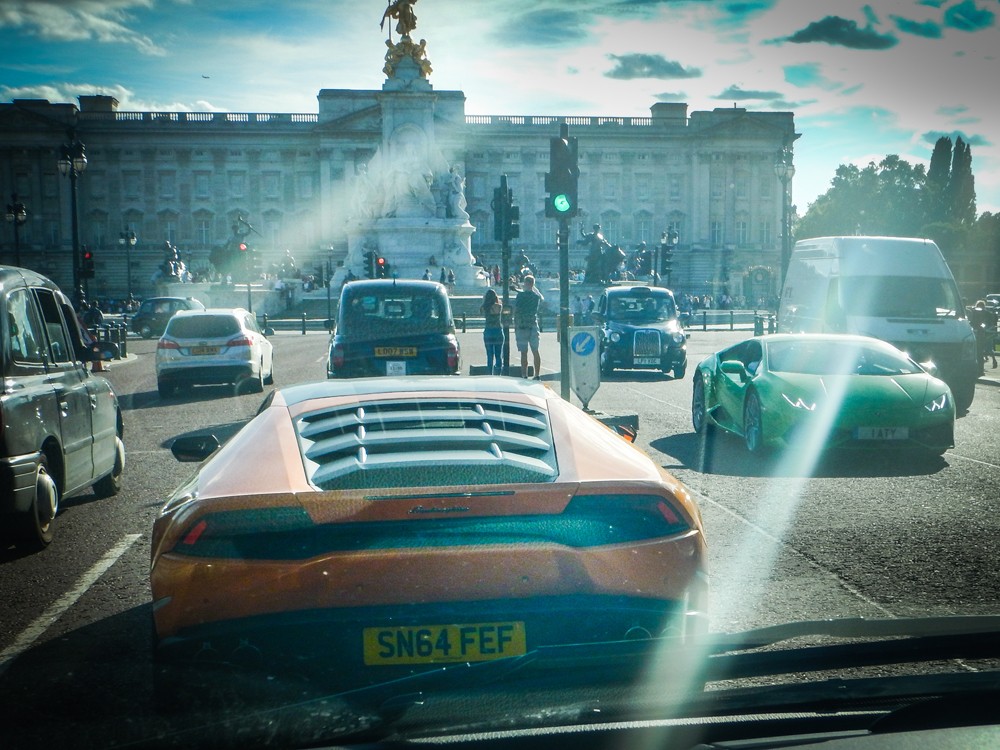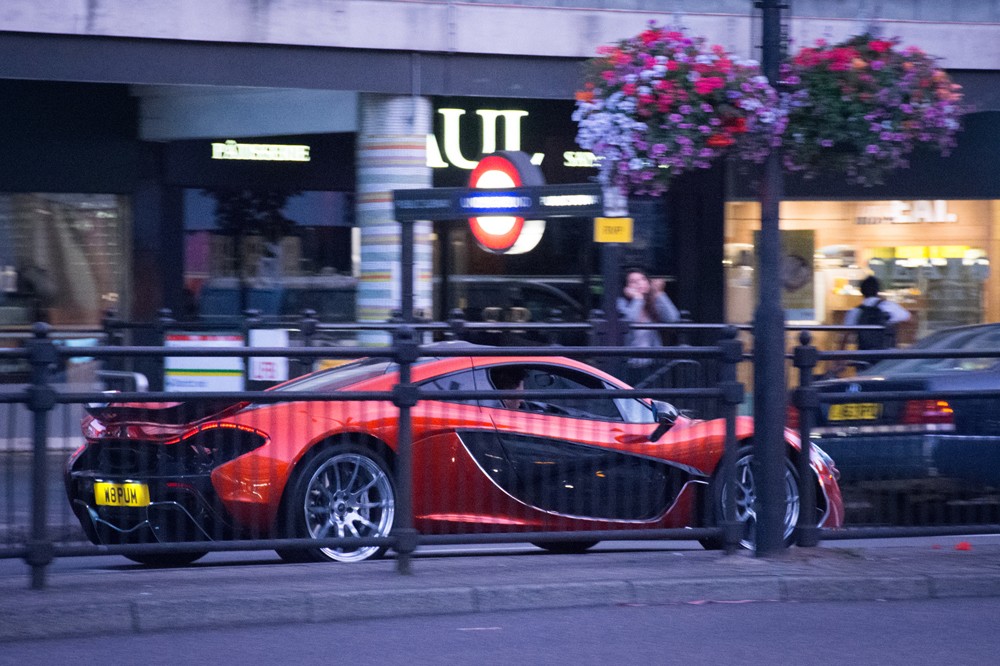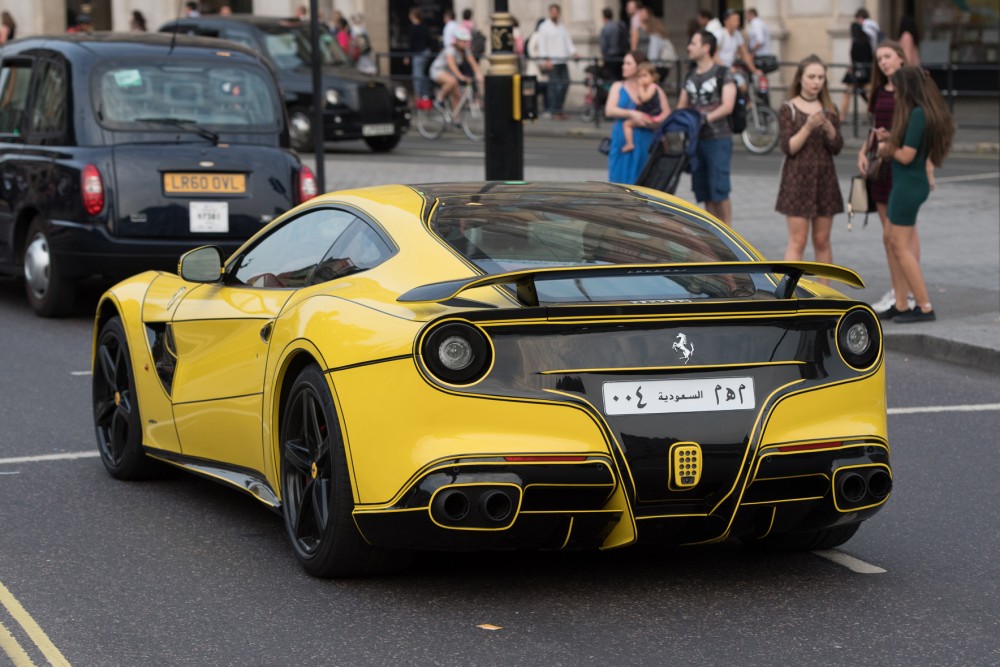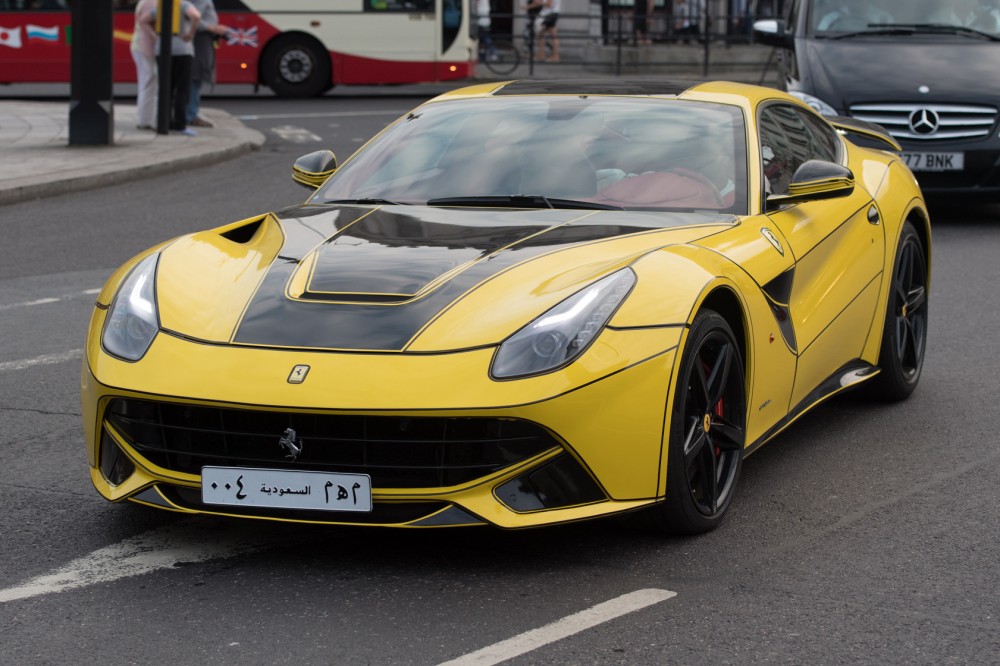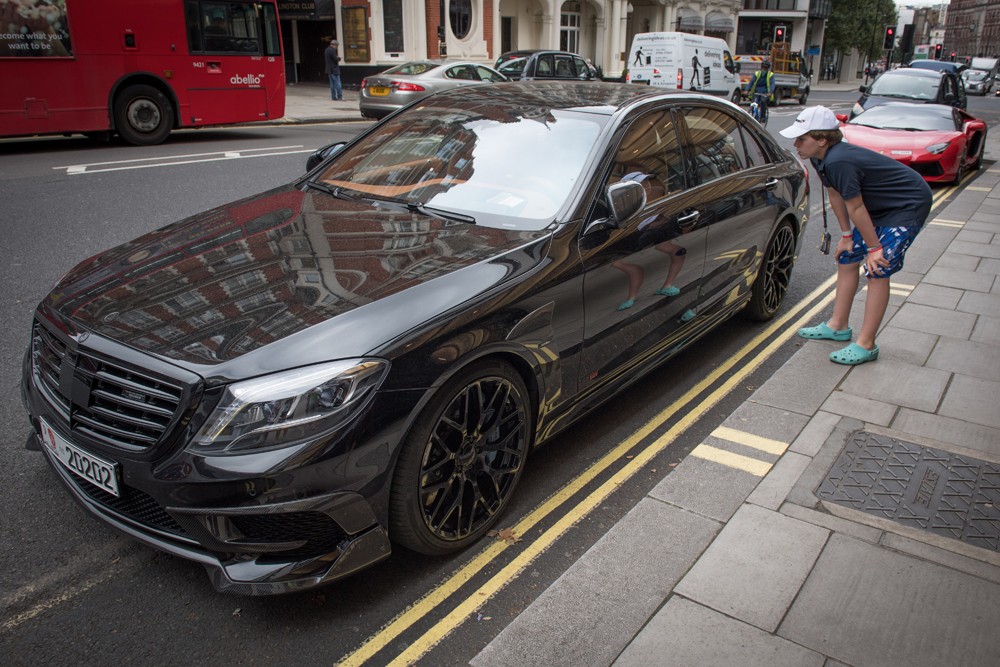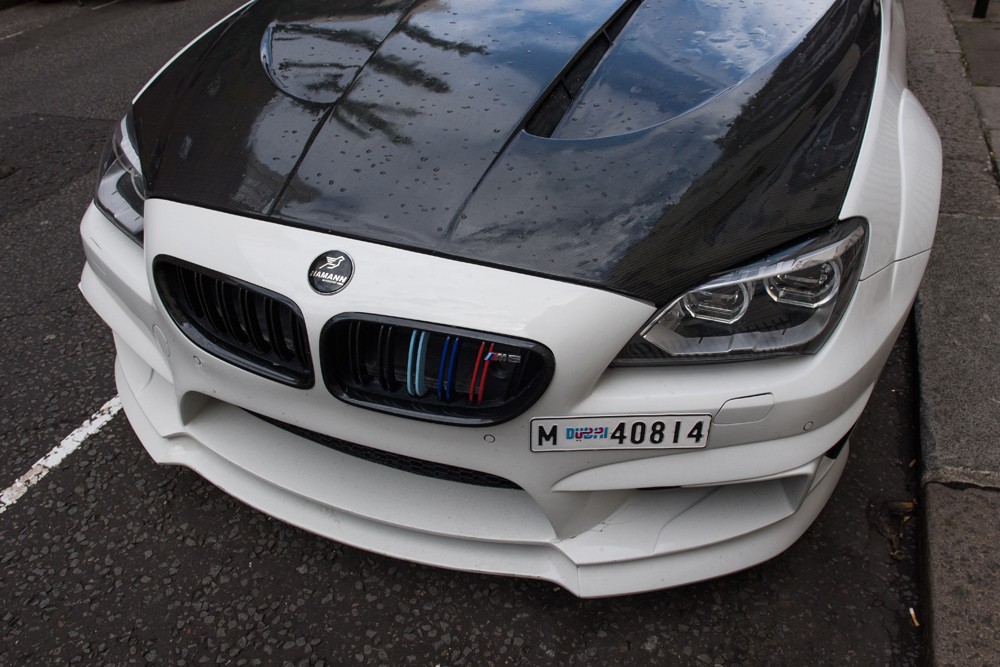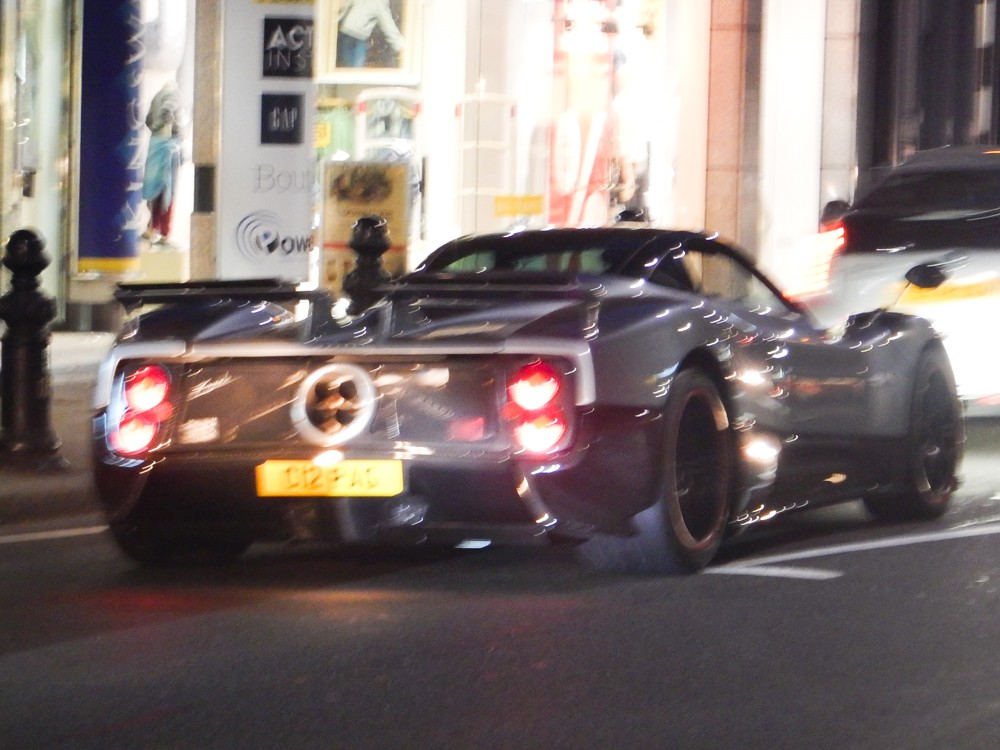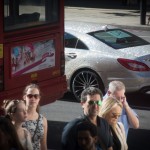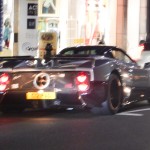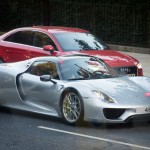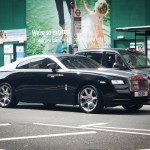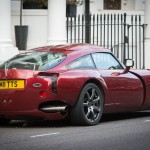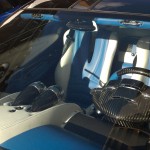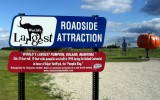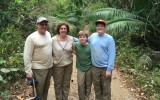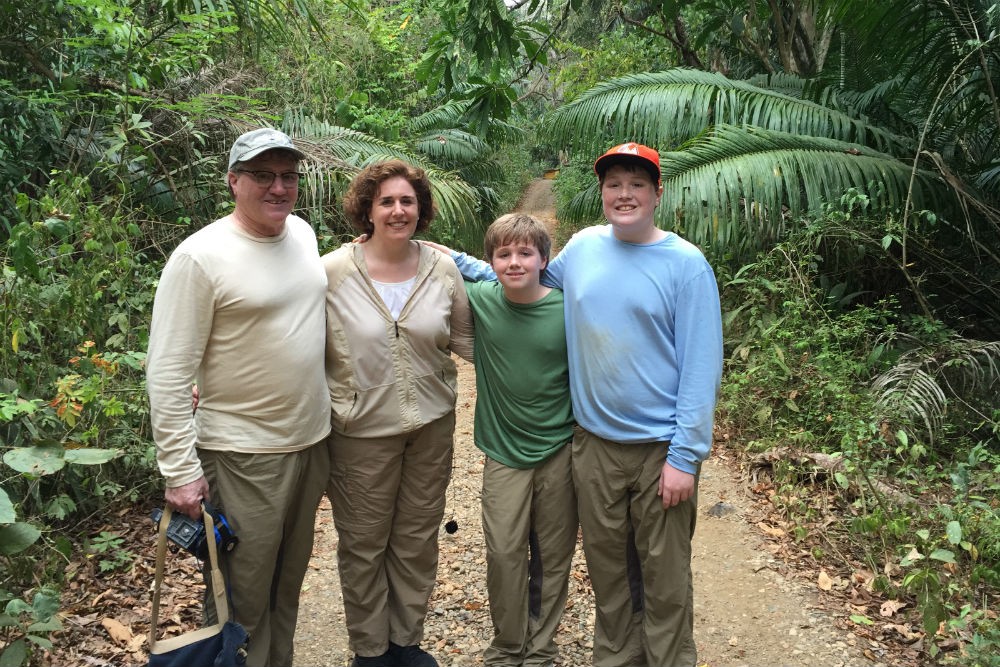Booking a trip at the last minute can occasionally yield an amazing travel bargain. More often than not, though, it means paying more for an inferior trip. Sure, if it’s low season in a destination that has a ton of airline service and hotel rooms, you might get your choice of flights, resorts, and rooms at the last minute. But when you want a high-caliber trip to a destination that’s very popular and has limited infrastructure (say, Iceland) or where the travel season is short (say, Alaska or the Amalfi Coast), it’s much smarter to book early.
Here, Wendy’s Trusted Travel Experts detail the benefits of booking early in assorted destinations worldwide, as well as the optimal moment to book for each destination. For the best possible trip and to be marked as a VIP traveler sent by Wendy, contact these Trusted Travel Experts via their black CONTACT buttons on The WOW List.
You get more charming accommodations and more suitable room types. A destination’s most charming hotels usually have just a handful of rooms, and larger properties will have a limited number of rooms of the type you want. When your goal is the sort of high-caliber trip that Trusted Travel Experts (TTEs) orchestrate, starting early means that the TTE can not only match you to the right accommodation but can also put in a request for a specific room number. Beware of last-minute hotel deals in Southeast Asia, warns Trusted Travel Expert Andrea Ross: “The deals tend to be for the rooms no one wants, or they are too good to be true and you’ll find yourself at an overbooked hotel, being moved to a ‘comparable’ hotel outside of town.”
The best private guides are still available. Nearly all guides are independent contractors who work for a number of different companies, so travel planners reserve the savviest English-speaking guides first, before a competitor has the chance to do so; last-minute bookers get novice or part-time guides. These less skilled guides might be able to recite important dates and events, but they likely are not as charismatic, can’t discuss the nuances of contemporary local culture, and don’t have the experience to make sure your trip runs flawlessly.
There’s time to arrange WOW experiences. All of the experts on Wendy’s WOW List can set up unique encounters with locals and access to places that are normally off-limits to the public. But they need time to pull these strings. So if you want V.I.P. access to portions of Versailles that are closed to the public, or an invite to a remote indigenous community in the Amazon, book early.
The best tables at top restaurants can be reserved. You may be coming to Thailand in November, points out Thailand travel specialist Sandy Ferguson, “but some of Bangkok’s fine dining establishments stop taking reservations in June.”
You’ll be at the top of the list for upgrades and other perks. Hotels are more likely to dangle incentives—such as a room upgrade—to those who book early, when they aren’t very full yet; as availability diminishes, they are less inclined to give extras that they don’t need to. Likewise, a last-minute trip usually takes more work for a travel planner to arrange (calling around to multiple hotels to find available rooms, scrambling to find guides and transportation), which increases the cost to you; when you book well in advance, the planner may well pass some of the savings on to you, in the form of complimentary spa services, a bottle of wine in your room, and the like.
You may save money on accommodations. Gone are the days when hotels had just two or three rates per room, depending on the season. Today, most hotels increase rates as their supply decreases, so that early bookers get the best rates. If you give Jonathan Epstein, Trusted Travel Expert for the United Kingdom, enough lead time, he can arrange the order of your itinerary so that you stay at certain hotels when they are less expensive (spending weekends in a city, for example). Most cruise lines give discounts for early booking as well.
Your itinerary will maximize your time. By planning ahead you’ll have more options for flights between destinations. If you wait until the last minute to book a Southeast Asia itinerary, says Andrea Ross, “What could be a direct flight from Luang Prabang, Laos, to Siem Reap, Cambodia, turns into a daylong excursion through the Bangkok airport, running for the only connecting flight available.”
Now, what do we mean by “book early”? In most instances, this means nailing down your itinerary at least six months in advance, but that varies depending on whether you’re traveling in the destination’s high season. Here are general rules of thumb:
North America
Alaska and Canada: Book six to nine months ahead for summer travel; the top properties sell out as early as September or October for the following summer.
Disney: Book at least seven months out.
Mexico: Book eight to 12 months ahead for Christmas/New Year’s, and at least four months ahead for other times of year.
Caribbean and the Atlantic Islands
St. Barts: Book 11 months ahead for villas; for hotels, book six months ahead for larger properties, nine months ahead for smaller ones.
Central America
Costa Rica: Book 9 to 12 months ahead for Christmas, New Years, Easter, and Spring Break. For July and August, book six months in advance. For the rest of the year, three months in advance is fine.
Nicaragua: Book six to eight months ahead for high season (November–April). For July and August, book three months ahead; for the rest of the year, two months is sufficient.
South America
Brazil: Book four to six months ahead for low season, eight to nine months ahead for Christmas/New Year’s and Carnaval. Book a year or more out for hot spots like Trancoso during those prime times.
Colombia: Book six months ahead for the high seasons (Easter and Christmas/New Year’s), three months ahead for other times of year.
The Galapagos: Book 10 to 12 months ahead during the warm air/water season (December to June), six to eight months ahead for other times of year.
Patagonia: Book six to eight months ahead for peak season (December to February).
Peru: Book six to eight months ahead for travel during the dry season (May to October).
Europe
Spain and Portugal: Book six months ahead for high season (May to September); eight to 10 months ahead for Christmas/New Year’s or Easter.
Turkey: Book four months ahead for gulet yacht charters during the prime season (May to October).
U.K. and Ireland: Book six to 10 months ahead.
Asia
Bali: Book six to 10 months ahead during high season (July to September and Christmas/New Years), four to six months ahead for other times of year.
Bhutan: Book six to 10 months ahead during high festival seasons (March, April, October, and November).
Myanmar: Book six to 10 months ahead.
Southeast Asia: Book six months ahead, even earlier for travel during Christmas/New Year’s.
Africa and Middle East
East Africa: Book six to 12 months ahead; book 18 months ahead if you want to stay at small camps.
Israel: Book six months ahead for high season (spring and fall, outside of major holidays).
Morocco: Book at least six months ahead for spring and fall travel, eight months ahead for Christmas or Easter.
Australia and Pacific
Papua New Guinea: Book 12 months ahead for the Mt. Hagen Cultural Show in August. For the rest of the year, three to six months in advance is fine.
Fiji: Book six to eight months ahead for the first three weeks in July, when Aussies and Kiwis flock to Fiji to escape their winter. For the rest of the year, three to six months in advance is fine.
New Zealand: Book 9 to 12 months ahead for Christmas and New Years, especially if you want to stay at the ultra-luxury lodges. Book nine months ahead during Chinese New Year, America’s Cup races, and All Blacks games. For the rest of the year, six months is plenty.
Australia: Book 10 to 12 months ahead for top-end luxury lodges, Kimberley cruises, Great Barrier Reef islands, and the Red Centre during high season (April–September), and for Melbourne during the Australian Open in January. Book six to nine months ahead for Tasmania during peak season (October–March), especially if you’re doing a multi-day walk. For all else, three to six months’ lead time is fine.
French Polynesia and the Cook Islands: Book 9 to 11 months in advance, particularly if you want one of the overwater bungalows with a prime view.
Cruises
Book six to 12 months ahead.
Be a smarter traveler: Use Wendy’s WOW List to plan your next trip. You can also follow her on Facebook and Twitter @wendyperrin, and sign up for her weekly newsletter to stay in the know.

